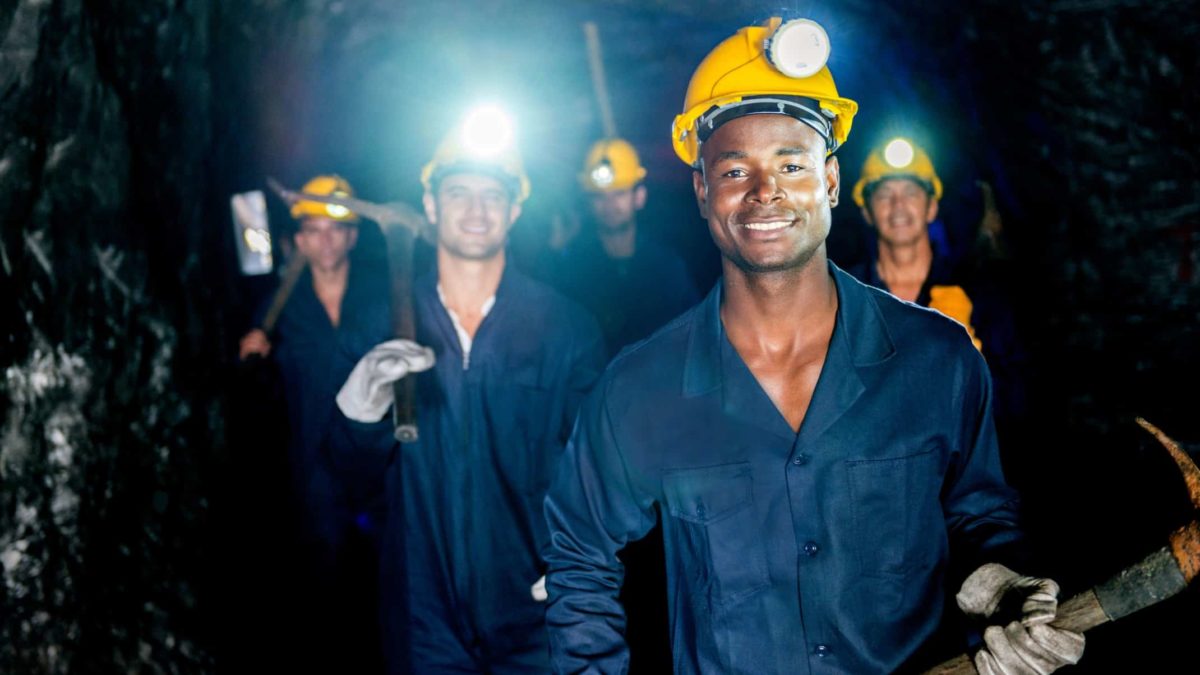ASX coal shares were on fire in the first quarter of the 2022 financial year (Q1 FY22).
The miners were buoyed by soaring thermal coal prices and resurgent metallurgical coal prices.
If you're not familiar, metallurgical coal (also called coking coal) is primarily used in steel manufacturing. Thermal coal is mostly used to generate electricity.
Just how well did ASX coal shares do in Q1?
From the closing bell on 30 June through to market close on 30 September the All Ordinaries Index (ASX: XAO) lost 1.0%.
As for the ASX coal shares:
- The Whitehaven Coal Ltd (ASX: WHC) share price leapt 86.2% higher
- Yancoal Australia Ltd (ASX: YAL) shares gained 5.4%
- And the New Hope Corp Ltd (ASX: NHC) share price rocketed 81.8%
Before moving on to the Q2 outlook, we should note that Yancoal's share price also reflects an interim dividend payout of 52.7 cents per share, paid on 5 September. Yancoal currently trades on a whopping 16.7% trailing dividend yield.
New Hope didn't make a dividend payout in Q1. Meantime, Whitehaven paid a 40-cent per share dividend and currently trades on a 4.9% trailing yield.
Now, what can investors expect from ASX coal shares in the three months ahead?
What's the outlook for ASX coal shares in Q2?
As you'd expect, atop company-specific metrics, the coal miners' fortunes are tied closely to the price of coal.
For some insight into where coal prices look to be tracking in Q2, we turn to the federal Industry, Science & Resources Department's latest quarterly Resources and Energy Report, released earlier this week.
The report divides the outlook into coking coal and thermal coal.
On the coking coal front, the department notes that while "prices have eased back from historic highs in the September quarter, the Australian premium hard coking coal price is forecast to average almost US$400 a tonne in 2022".
In the quarter ahead, ASX coal share investors should pay attention to conflicting forces impacting coking coal prices.
Weakening steel markets, particularly lower demand from China, are putting downward pressure on prices. However, wet conditions in Australia "are expected to add to supply pressures and place upward pressure on prices".
And sanctions on Russian coal exports will also see supplies reduced, supporting coal prices.
The EU sanctions on Russian coal exports were meant to take full effect last month.
According to the report:
It is expected that around a third to a half of Russian exports will be stranded in the immediate future. Ultimately, around 5 million tonnes annually is expected to be stranded from global markets.
Turning to thermal coal
ASX coal shares combined have seen Australia become the world's second-largest thermal coal exporter.
Thermal coal prices topped out at US$450 per tonne in September. That same tonne is currently fetching US$396.
According to the federal government report, "Thermal coal prices remain extremely high, driven by weather and COVID-19 disruptions, as well as market uncertainties linked to the Russian invasion of Ukraine."
The report continues:
It is not clear how long the Russian invasion of Ukraine and subsequent sanctions against Russia will affect coal markets. The exclusion of large quantities of Russian coal from markets in the Northern Hemisphere could inflate coal prices for years to come.
Australian thermal coal prices remain extremely high, as European nations look to build stockpiles ahead of the Northern Hemisphere winter.
The department expects prices to ease in 2023 and 2024 "as trade flows reorganise and supply recovers".
But for Q2, the outlook for ASX coal shares remains healthy.









